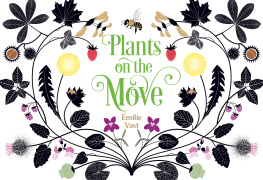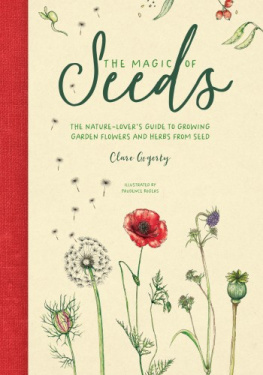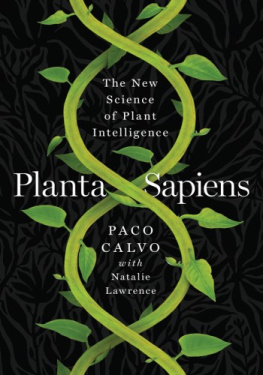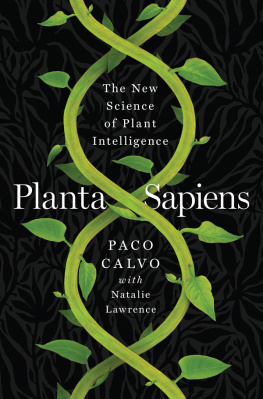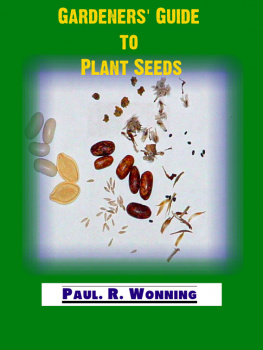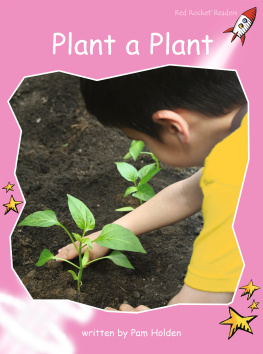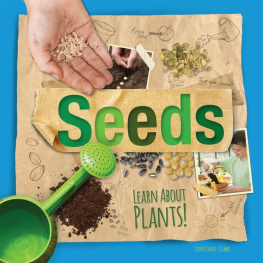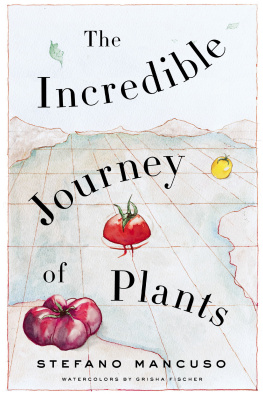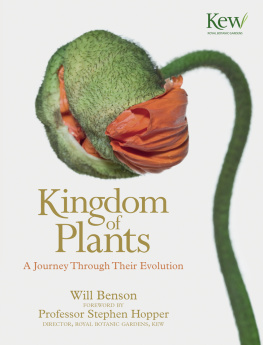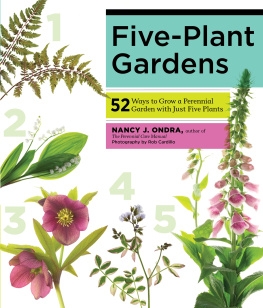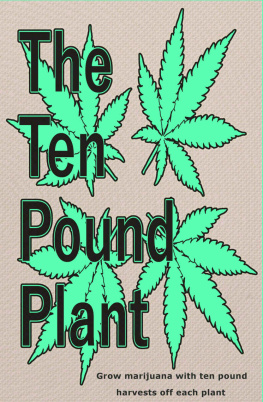2021 First US edition
Copyright 2018 ditions MeMo
First published as Plantes Vagabondes by ditions MeMo
English translation 2021 by Charlesbridge
All rights reserved, including the right of reproduction in
whole or in part in any form. Charlesbridge and colophon are
registered trademarks of Charlesbridge Publishing, Inc.
At the time of publication, all URLs printed in this book
were accurate and active. Charlesbridge, and the author/
illustrator are not responsible for the content or accessibility
of any website.
Published by Charlesbridge
9 Galen Street
Watertown, MA 02472
(617) 926-0329
www.charlesbridge.com
Type set in Meta by Erik Spiekermann and Rotis Semi Serif by Adobe
Color separations by Colourscan Print Co Pte Ltd, Singapore
Printed by 1010 Printing International Limited in Huizhou,
Guangdong, China
Production supervision by Jennifer Most Delaney
Designed by Cathleen Schaad
LIBRARY OF CONGRESS CATALOGING-IN-PUBLICATION DATA
Names: Vast, milie, 1978-author.
Title: Plants on the move / milie Vast.
Description: Watertown, MA: Charlesbridge, [2021] | Audience: Ages 5-8. |
Summary: Examples of the many ways plants and their seeds move
falling, clinging, burrowing, floating, via animal consumption or
transportin their quest to reproduceProvided by publisher.
Identifiers: LCCN 2020000778 (print) | LCCN 2020000779 (ebook) | ISBN
9781623541484 (hardcover) | ISBN 9781632899255 (ebook)
Subjects: LCSH: PlantsDispersalJuvenile literature. | SeedsDispersal
Juvenile literature. | Plant ecologyJuvenile literature. | Phytogeography
Juvenile literature.
Classification: LCC QK929 .V37 2021 (print) | LCC QK929 (ebook) | DDC
581.4/67dc23
LC record available at https://lccn.loc.gov/2020000778
LC ebook record available at https://lccn.loc.gov/2020000779
Printed in China
(hc) 10 9 8 7 6 5 4 3 2 1
Fly
Away
Im a dandelion.
This yellow disk that I turn
toward the sky is my flower
or, if you look closely, my flowers.
They are very tiny and nestled
tightly together, waiting for
insects to arrive.
Insects move pollen from flower to flower.
Each flower is pollinated and
hidden away in my calyx, which is a
protective layer around my flower petals.
Pollination is the transfer of pollen from the
male part of the flower to the female part
in order to produce seeds.
See the flowers transform....
Each one becomes a seed,
an incredible flying seed!
And with a puff of your breath...
you send them into the breeze to pass through fields and gardens.
They will find
somewhere to settle,
they will shed their
parachutes,
sprout,
and then... grow!
Other flowers that fly away:
Ragwort
Milk Thistle
Horseweed
Creep
Im a strawberry plant. You know me well, and you love to eat my sweet, red fruit.
In order for you to have plenty of strawberries to enjoy, you need strawberry plants.
I let one of my stolons, thin and flimsy, slowly creep and creep...
until it finds a place it likes. Then it settles in and makes little roots. A mini-me is born!
This new little plant grows up
and makes flowers,
which then become fruits.
And then the cycle repeats....
Other plants that creep:
Periwinkle
Cinquefoil
Buttercup
Were chestnut and maple, trees
so big that our branches touch the sky.
The summer has ended, and our flowers
have transformed. One into beautiful,
prickly spheres, and the other into light,
delicate wings.
Fall has arrived. The burrs open, and
the chestnuts escape. The wind picks up,
and the little helicopters, now dry, detach.
The journey begins.
A chestnut falls and bounces
like a ball at the foot of the maple tree.
The maple key, or samara, spirals
down in the wind to the roots of the
chestnut tree.
Mission accomplished!
After a long descent, the maple seed
has landed far away.
Mission accomplished!
After a lively adventure, the chestnut seed
has also rolled far from where it fell.
So this maple seed grows up
under a different kind of tree.
And that chestnut seed sprouts
under a different kind of tree.
Other plants that fall...
and whirl...
Ash
and bounce:
Linden
Oak
Cling
Im a great burdock.
Insects love my pretty flowers,
They cling to things, of course!
An animal just has to walk by,
and my seeds get on board!
Where will the fox end up... ?
which soon become little fruits:
spheres covered with tiny hooks.
What do they do?
But all of a sudden...
Oopsthe burr is spotted
by the fox! Too itchy!
Bye, fox!
The trip stops here....
Well, almost!
Other plants that cling:
Catchweed
Bedstraw
Avens
Wall Barley
Get
Eaten
Were elderberry and
blackberry, two very different
types of bushes.
Im an elderberry bush.
My branches reach upward
Im almost a tree.
We may be different
in some ways, but we both
produce tasty fruit for
animals to eat!
Im a blackberry bush.
I spread my long, thorny
branches into the ground
or into hedges.
My berries attract birds, and the birds
swallow them eagerly. Each elderberry has
three little seeds hidden inside.
My pulp is digested in the blackbirds
stomach, but the seeds arent.
They take a little trip through the birds
digestive system.
My berries attract birds and rodents.
Blackberries are made of drupes: little plump
balls that each contain a single seed.
A similar trip happens when a
field mouse eats a blackberry.
The blackbird
flies around,
and then...
The field mouse
goes home,
but before that...
The elderberry seeds get energy from
their nutrient-rich cocoon so they can sprout.
The tiny blackberry seeds do the same.
Thanks to our
technique of producing
tasty fruit...
that animals love
to eat, our seeds were
able to travel!
Other plants with parts that are eaten:
Grapevine
Wild Service Tree
And other plants with fleshy fruit
like Mistletoe, Cherry Tree,
Plum Tree, Apricot Tree, Sorb Tree,
Tomato, Apple Tree
Ivy
Explode!
Im a violet. I want to be everywhere, so I cover as much of the ground as I can!
For that to happen, I have my own special method.
Heres my flower.
It transforms into a fruit capsule
that holds my seeds.
When the fruit ripens, it opens
into three sections.
As the sections dry out, my seeds get a bit cramped.
Then... 5, 4, 3, 2, 1, blastoff!
What a launch!
Soon afterward, small violets
begin to grow all over.
Other plants that explode:
Wood
Sorrel
Hairy
Bittercress
Touch-Me-Not
Planted
by Animals
Were hazel and greater celandine.
We dont look anything like each other.
One of us is a shrub or tree, and the other
is a small, flowering plant.
But once our seeds are ripe, the way we travel
is similar. Animals take us on a journey.

